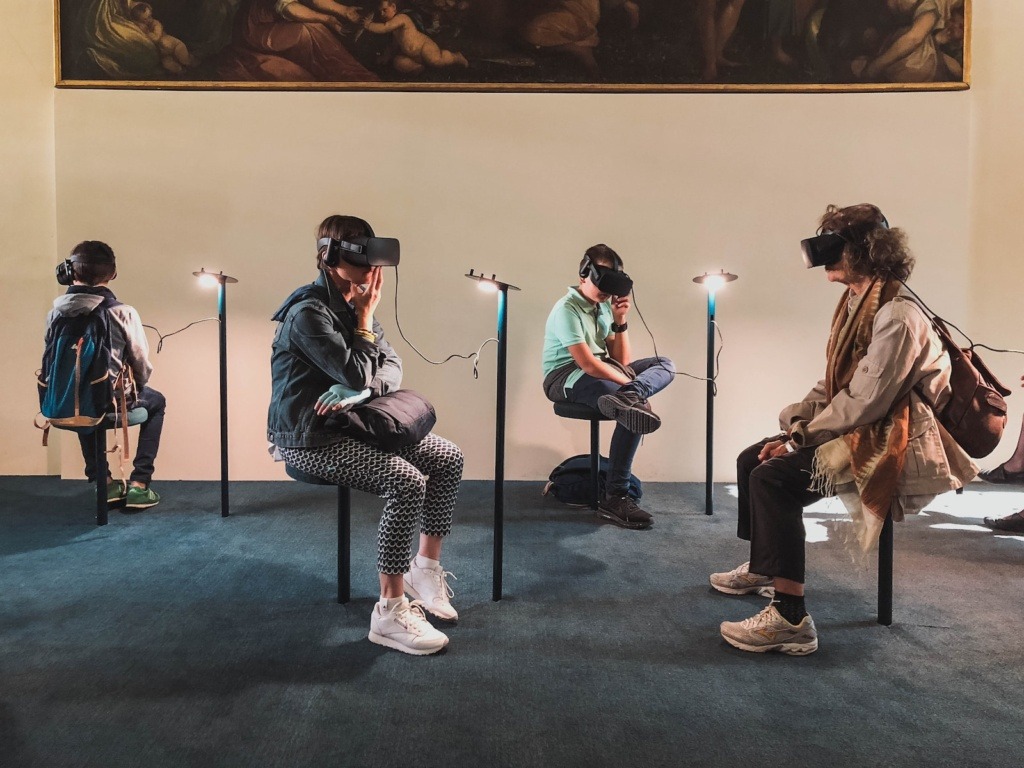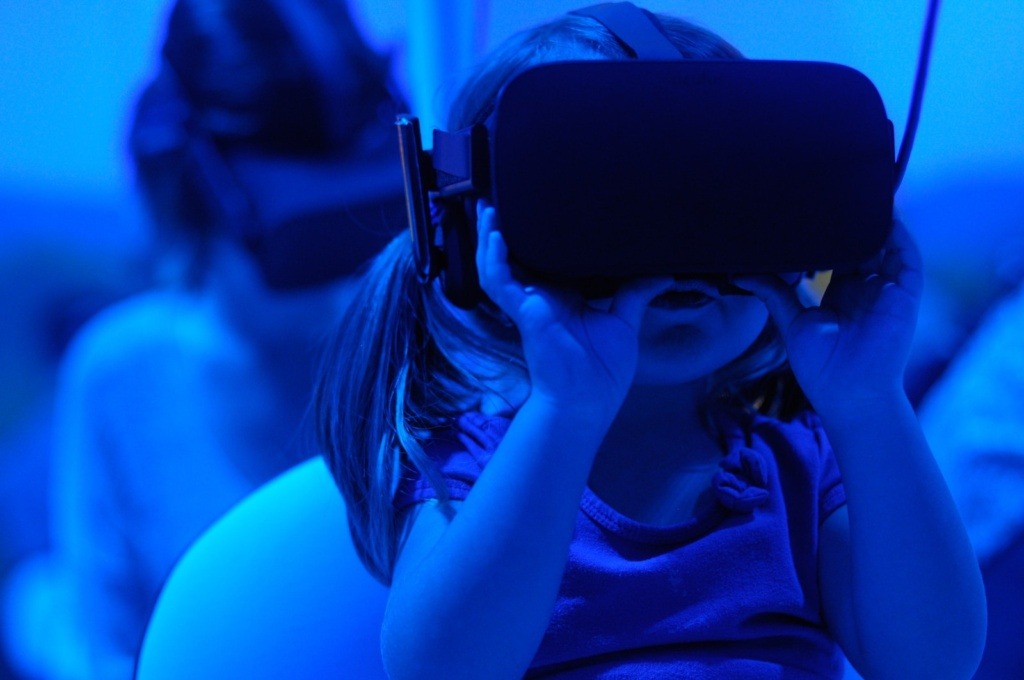Virtual reality (VR) has emerged as a groundbreaking technology with the potential to revolutionize education. By immersing students in realistic and interactive 3D environments, VR offers a unique and transformative learning experience. In this blog post, we will explore the significance of virtual reality in education and its potential to engage learners, enhance comprehension, and open doors to new educational possibilities.
Section 1: Understanding Virtual Reality in Education

Virtual education refers to the use of computer-generated simulations to create lifelike, immersive environments for learning. By putting students at the center of the learning experience, VR enables them to interact with the content actively. VR can range from fully immersive experiences using VR headsets to less immersive but equally engaging experiences on desktops or mobile devices.
Section 2: The Benefits of VR in Learning

Integrating VR into educational settings brings numerous benefits. Firstly, VR enhances student engagement. The interactive nature of VR captures students’ attention and motivates them to explore subjects more deeply. Secondly, VR improves knowledge retention. Research indicates that the experiential and multisensory nature of VR enhances memory retention, making learning more effective. Additionally, VR fosters spatial learning, allowing students to understand complex concepts in a three-dimensional context.
Section 3: Enhancing Immersive Learning

One of the most significant advantages of VR in education is the ability to take students beyond the confines of the classroom. With VR, students can virtually visit historical landmarks, explore far-off places, and experience real-world situations that were previously inaccessible. For example, students can visit ancient civilizations, walk through famous museums, or even explore the depths of the ocean—all from the comfort of their classroom.
Section 4: Implementing VR in Education

Integrating VR into education requires thoughtful planning and consideration. Schools can start by identifying subjects or topics where VR can enhance learning. From science and history to art and literature, there are numerous possibilities for using VR across various subjects. Once identified, schools can invest in VR headsets or use more affordable options, such as mobile-based VR or desktop simulations.
Section 5: Future Possibilities of VR in Education

The future of VR in education holds immense promise. As the technology continues to advance, we can expect more sophisticated and realistic simulations that can cater to a broader range of subjects and learning styles. Additionally, VR can be integrated with other emerging technologies, such as artificial intelligence and augmented reality, to create even more immersive and interactive learning experiences. As VR becomes more accessible and affordable, it has the potential to transform education on a global scale, bridging gaps and providing equitable learning opportunities for all.
